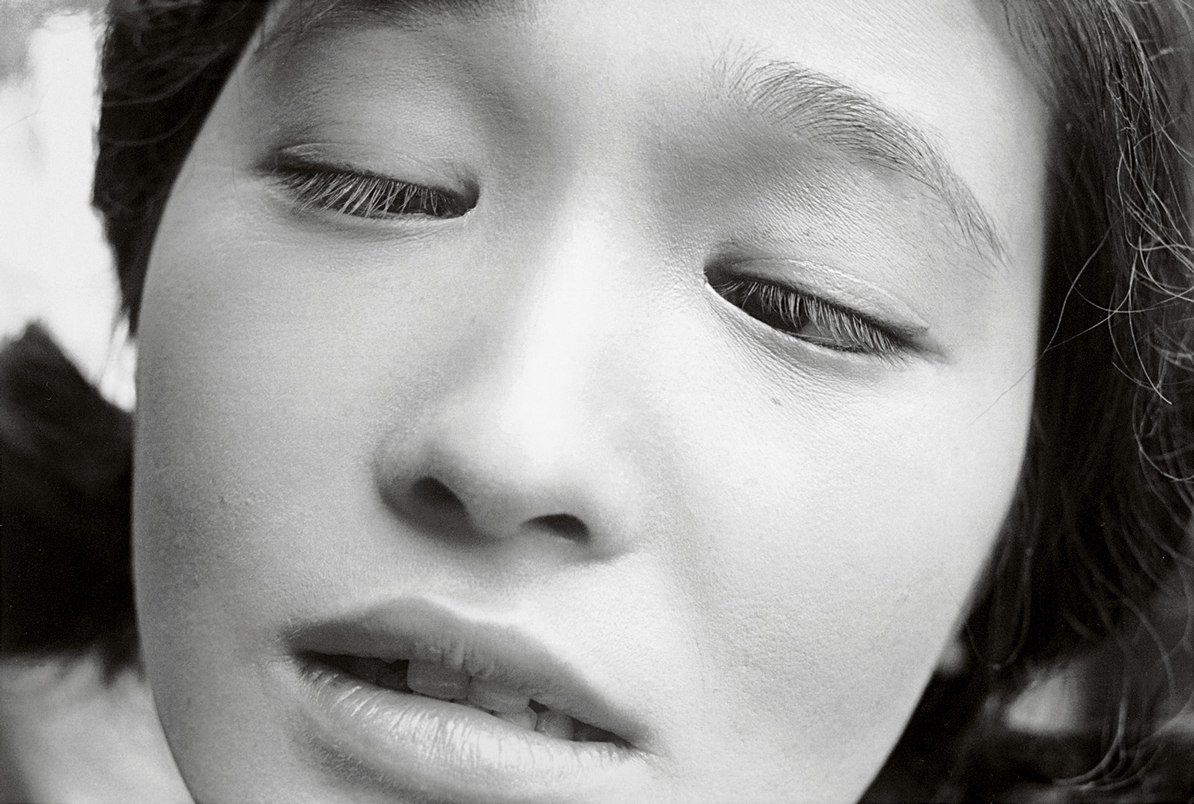Shomei Tomatsu
JUN.05.2018 ──────── SEP.16.2018

Shomei Tomatsu
Eiko Oshima, Actress in the Film Shiiku (Prize Stock), 1961
Collection of the Tokyo Photographic Art Museum, Tokyo
© Shomei Tomatsu – INTERFACE / Courtesy of Taka Ishii Gallery Photography / Film
The exhibition, produced by Fundación MAPFRE in collaboration with the Tokyo Photographic Art Museum, has been curated by Juan Vicente Aliaga (Polytechnic University of Valencia) and made possible by exceptional loans from the collection of the Estate of Shomei Tomatsu – INTERFACE, as well as other works granted by the Tokyo Photographic Art Museum, The National Museum of Modern Art (Tokyo), La Colección Per Amor a l´Art (Valencia) and the Taka Ishii Gallery Photography / Film (Tokyo).
The photographic organizer. Shomei Tomatsu was directly involved in how his work was received, which is to say the way in which it was presented to the public in order to establish a personal connection. He used to explain how each new project allowed him, in a certain sense, to reinterpret his own work: he varied the titles of his photographs, changed around the series in which they appeared… in short, he reclassified his work in an intuitive way in the search for new interpretations.
The peculiarity of the image. Tomatsu’s photography distanced itself from the norms that had prevailed in photojournalism up to that point. His photographs provoke an unsettling feeling in the observer through the use of strong contrasts and techniques such as montage, negative images or unconventional perspectives; all of which is always manipulated to accentuate the expressive capacity of the medium. His methods, completely unconventional, earned him harsh criticism from the photographic expert Natori, who would say that his photography lacked context. Tomatsu would respond vehemently, displaying his rejection of the visual language of photojournalism and insisting that his aesthetic demonstrated absolute respect for the facts.
Color and Okinawa. Tomatsu visited Okinawa for the first time in 1969, to photograph the American military base. The island revealed itself to be a place populated by rites and ancient culture and dominated by the presence of the sea and nature, which then became the protagonists of his photographs. Tomatsu claimed that his use of black and white was associated with the American presence while color represented an affirmation of life rediscovered in Okinawa where he would live out his final years.
Download press conference:
If you would like high resolution images, please let us know for which publication or media is your request: Click here.




